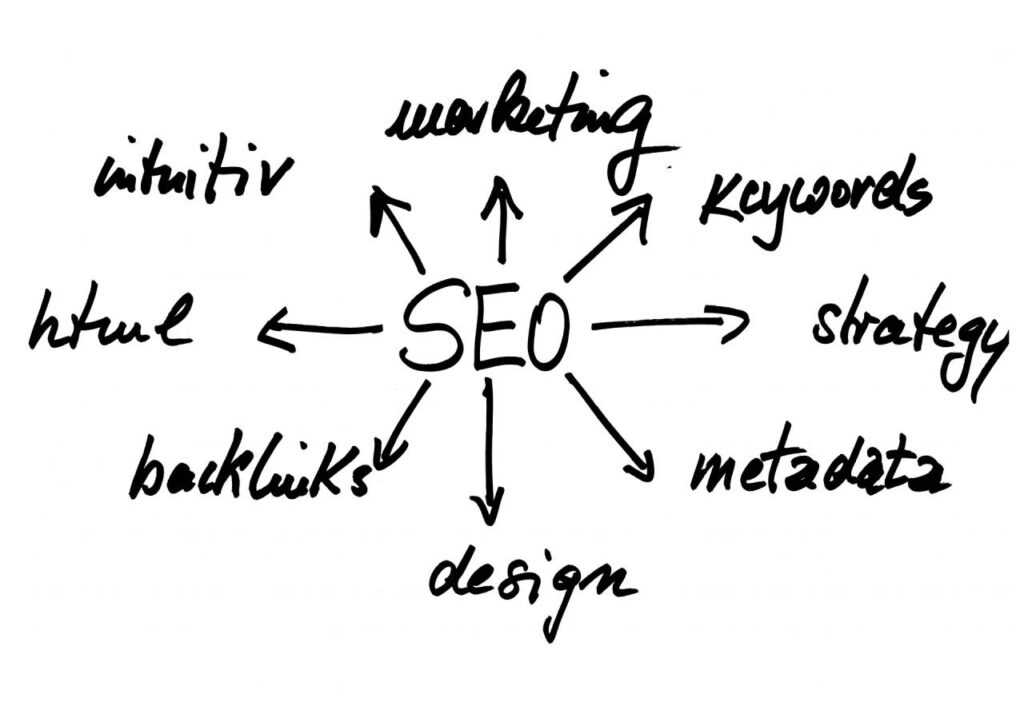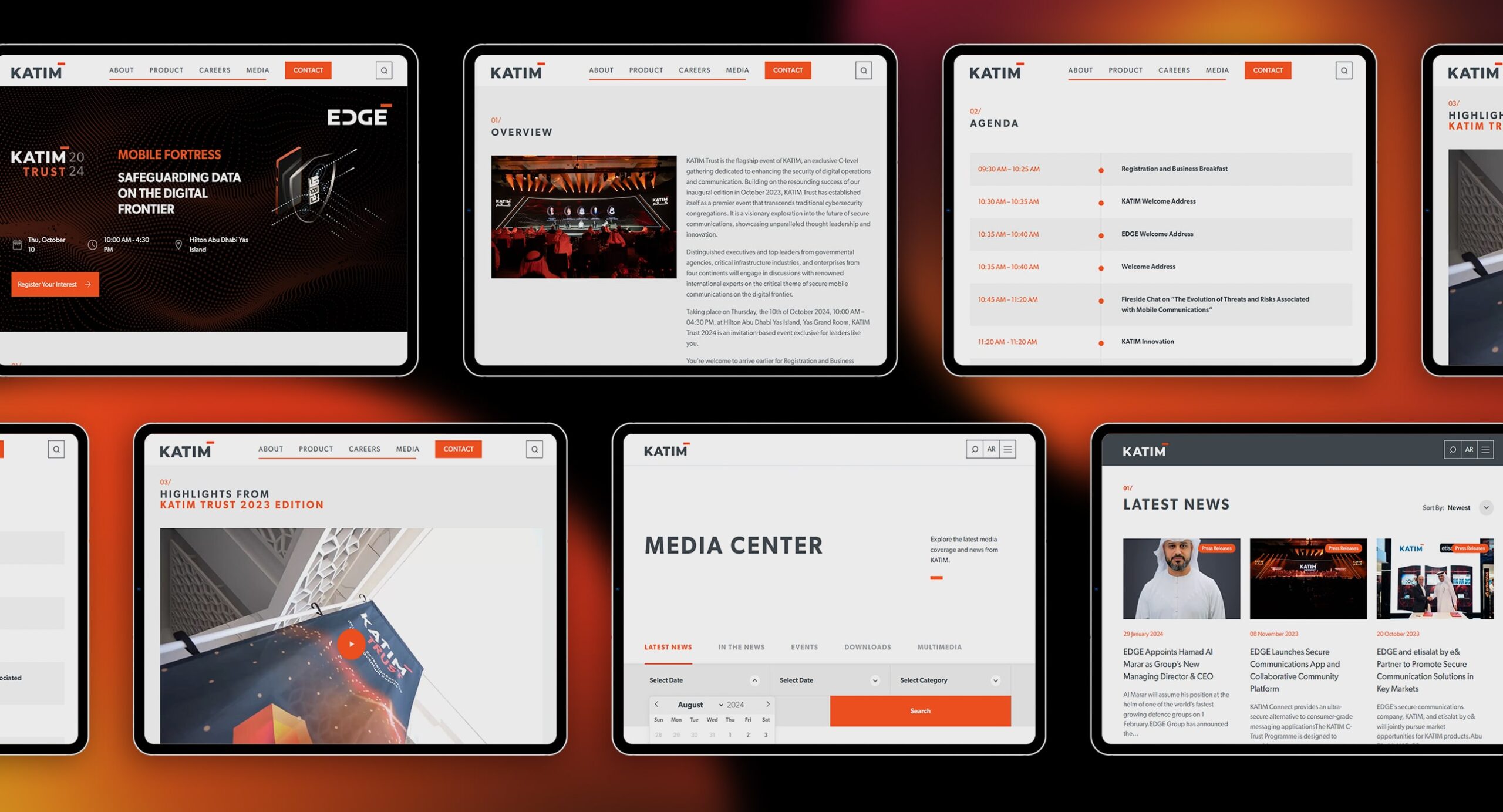Optimising your websites for a global audience? Here are the mistakes you should keep in mind when you are considering international SEO marketing.
Being Focused on One Site
While being Bing and Google-centred pays off in most countries, this might not be the case in the country you are targeting. Each search engine will rank a website differently so it would be wise to look into what is the primary search engine in a country and how its ranking algorithm works. Get to know your consumers and focus on on-page SEO.
Not Having an International Strategy
When you’re trying to reach out to consumers in another country, a good practice to implement in your international SEO strategy is to make use of customer personas to reflect the audience in a specific country. This way, you can understand what your potential market needs.
It’s also a good practice to optimise international user experience (UX). Considering what an international consumer’s journey could look like can be the difference between success and failure in a new market. Analyse your new market and test out various cultural user experience design elements and actions to see what will work best.
Translating not Transcreating
Simply using Google translate or other translation services is a surefire way to fail. Foreign markets will need you to put in more effort in advertising yourself and what you have to offer. In SEO, multi-language content can be done by taking your content and re-creating it with the help of a marketing or advertising specialist or a local language speaker can help you resonate with your target market.

Using One Country Code Top-Level Domain (ccTLD)
If you’re going to target multiple countries to expand your reach, you’re going to need more than one ccTLD. While your website might have done well targeting a single country with a default ccTLD (e.g., .fr, .de, or .uk), to be become international use a new generic top-level domain (e.g., .net, .com, or .org) to target multiple countries. You can also choose to target a single country by using a country-specific SEO ccTLD (e.g., .mx or .es.)
Misusing HREFLANG Tags
Properly implementing hreflang can really kickstart traffic or significantly increase it. If you plan to go global, the right hreflang attribute can help search engines determine which version of your website should be used in a country or region. The best way to display the language and region is following the ISO 3166-1 Alpha 2 format.
Disregarding Local Laws or Legal Issues
When you are entering a new market, thorough research in the rules and laws of the countries you will be catering to can save you from fines, lawsuits, and other trouble in the future. For instance, the European Union has stricter regulations on the content that brands put out and has different data sharing and privacy laws than the U.S.
Automatically Redirecting Site Visitors
Automatic IP redirects are frowned upon. While this can be useful, redirecting users based on their IP address can frustrate site visitors and can make it more confusing for Google’s crawlers. Opt for a pop-up that gives international visitors options and provides a better experience.
Underestimating Local Content Marketing
Even for English-speaking countries, culture and language can greatly differ. Don’t re-use content across versions of your company website. Your local content marketing strategy can include adjusting phrases and words when advertising your products and services. Think about how locals would search for what you have to offer and adapt accordingly.
Choosing the Wrong Keywords
Another grave mistake when appealing to markets in other countries is assuming that the keywords that thrived in one market will do the same in others. Simply choosing to translate keywords can actually take you one step back when going global. Research keywords with more than the language in mind as there are multiple countries with the same language but can have completely different nuances. This way, you’re not using irrelevant keywords.
Not Engaging in Local Backlink Development
You may not successfully get through consumers in another country by assuming that your brand will make it to the first page on a search engine results page (SERP). A majority of the search engines around the world use links (e.g., local backlinks) from local websites when ranking. Take regional website links into consideration when you’re working on local link building too!

Neglecting Local Competition
As an international brand, it’s easy to fall behind the competition in local markets because they know consumers well. In every country you want to branch out to, you will need to analyse local SEO competition. Understand where they have succeeded and where they have failed and use that information to your advantage. This way, you’ll be able to actually compete with local companies in their territory.
Overlooking Webmaster Settings
You can target specific regions by using the webmaster tool as well as the search console settings of Bing and Google. Setting up webmaster tools is often overlooked but the ticked box makes a big difference.
Going Global
International SEO best practices can be learned and implemented to benefit your company and best suit your global audience. International targeting doesn’t have to be impossible, just learn from the mistakes above! Manage your multilingual SEO & website easily with GTECH, the Top SEO Company in Dubai
Related Post
Publications, Insights & News from GTECH








